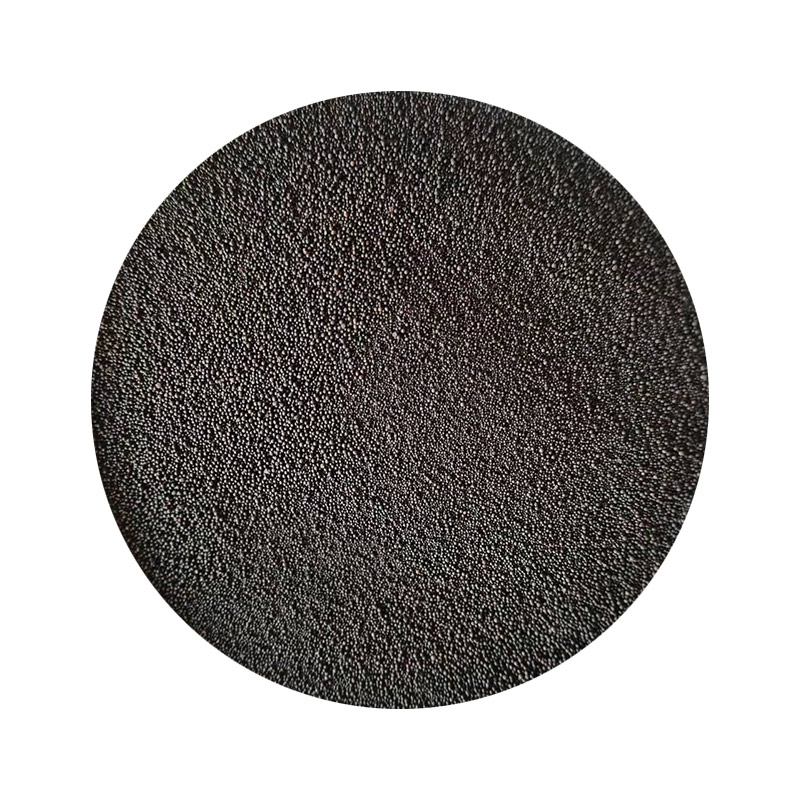The Significance of Resin Sand Casting in Modern Manufacturing
Resin sand casting, an innovative technique in the foundry industry, has gained significant traction due to its ability to produce intricate designs with high precision and excellent surface finish. This method, often referred to as resin-bonded sand casting, utilizes a mixture of sand and a resin binder, allowing for enhanced flexibility and performance in casting applications. This article explores the processes involved in resin sand casting, its advantages, applications, and future prospects within the manufacturing landscape.
Understanding the Process
The resin sand casting process begins with the preparation of the sand mixture. Fine grains of silica sand are combined with a thermosetting resin and a hardener. This mixture is then molded into the desired shape around a pattern. The pattern can be made of various materials, such as metal, plastic, or wood, depending on the casting requirements.
Once the sand mixture is packed tightly around the pattern, it is subjected to heat to initiate the curing process. The heat causes the resin to harden, forming a solid mold that can withstand the molten metal’s temperature during casting. After the mold has cooled and cured, the pattern is removed, leaving a cavity in the shape of the desired part. The molten metal is then poured into this cavity, allowed to cool, and finally, the cast part is removed.
Advantages of Resin Sand Casting
One of the main advantages of resin sand casting is its ability to produce complex geometries that are often difficult to achieve with traditional sand casting methods. The high dimensional accuracy and excellent surface finish minimize the need for extensive machining afterward, which can reduce production times and costs.
Another significant benefit is the thermal stability of the resin-bonded sand. This property allows for the casting of high-temperature metals, making it suitable for critical components in industries such as aerospace and automotive. The strength of the molds can withstand the stresses involved in the casting process, leading to fewer defects and a higher yield of quality parts.
Additionally, resin sand casting supports shorter lead times compared to other casting methods. The rapid mold-making process, combined with the ability to reuse the sand multiple times, contributes to a more efficient production cycle. This efficiency is particularly beneficial in industries where time-to-market is a critical factor.
resin sand casting

Applications of Resin Sand Casting
Resin sand casting is employed in a diverse array of applications across different industries. In the automotive sector, for instance, it is used to manufacture engine components, housings, and intricate parts that require high precision and durability. The aerospace industry also benefits from this casting method, producing lightweight yet strong components that adhere to strict safety and performance standards.
Moreover, resin sand casting finds its use in the production of artistic and decorative items, where the aesthetic quality and detail are paramount. Sculptures, trophies, and other bespoke items can be created with a level of detail and finish that traditional methods may not offer.
Future Prospects
The future of resin sand casting looks promising, driven by continuously evolving technology and increasing demand for customization in manufacturing. Advances in computer-aided design (CAD) and simulation software have transformed the way prototypes are developed, allowing for rapid adjustments and iterations in designs. This can lead to more innovative products and efficient processes.
Environmentally friendly practices are also pushing the resin sand casting industry forward. Manufacturers are exploring biodegradable binders and alternative materials that can reduce the environmental impact of traditional resins. Additionally, improvements in recycling practices for sand and other materials are set to make this method even more sustainable.
Conclusion
Resin sand casting is an indispensable technique in modern manufacturing that offers a perfect blend of precision, flexibility, and efficiency. As industries continue to seek innovative solutions to meet the demands of quality and performance, resin sand casting stands out as a reliable method for producing complex and high-quality components. With advancements in technology and a focus on sustainability, the potential of resin sand casting is only expected to grow, solidifying its place in the future of manufacturing.
Post time:9월 . 28, 2024 17:19
Next:3d printer sand casting
